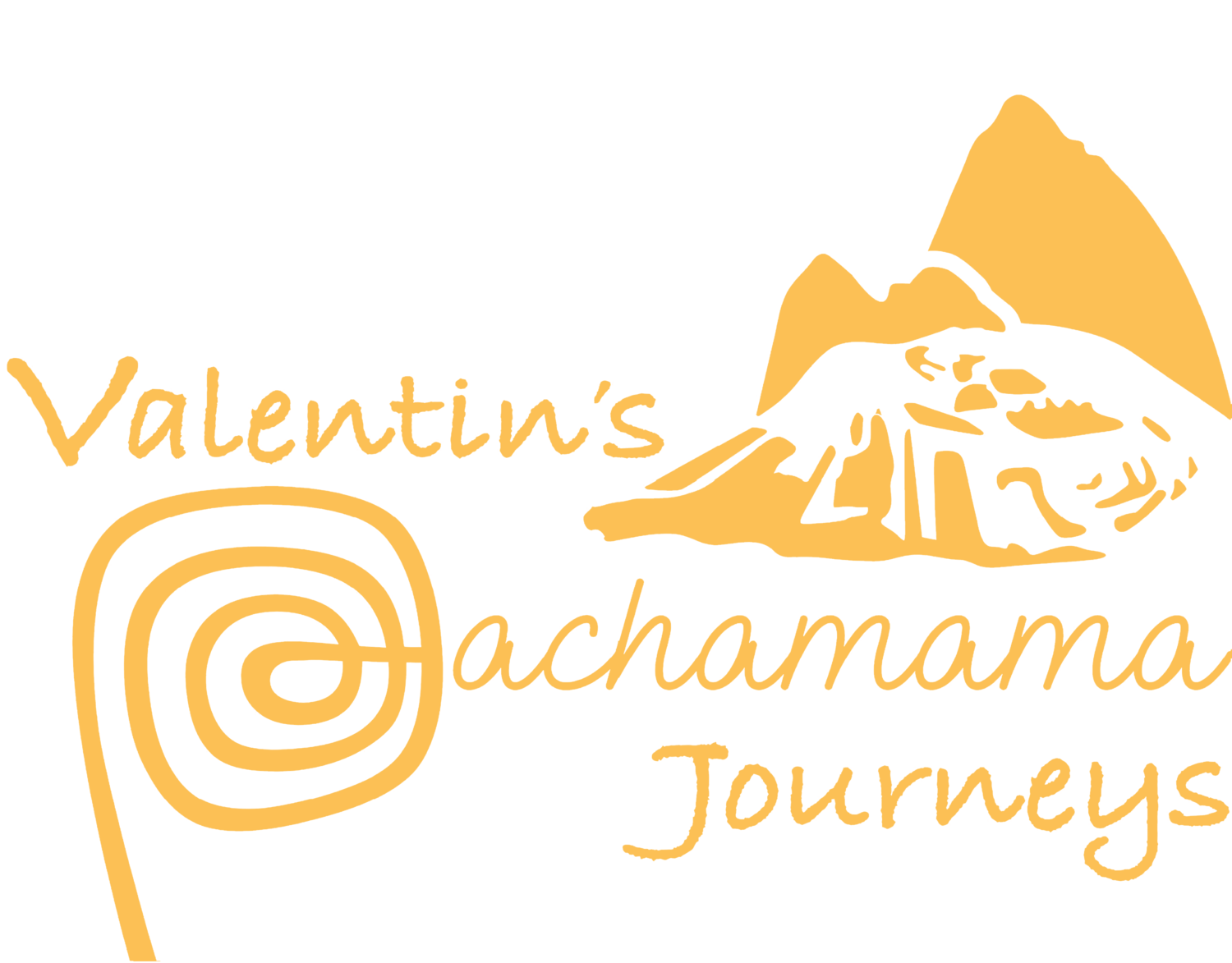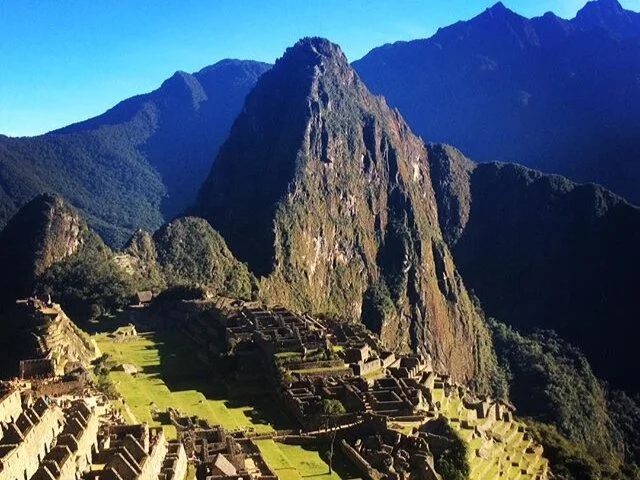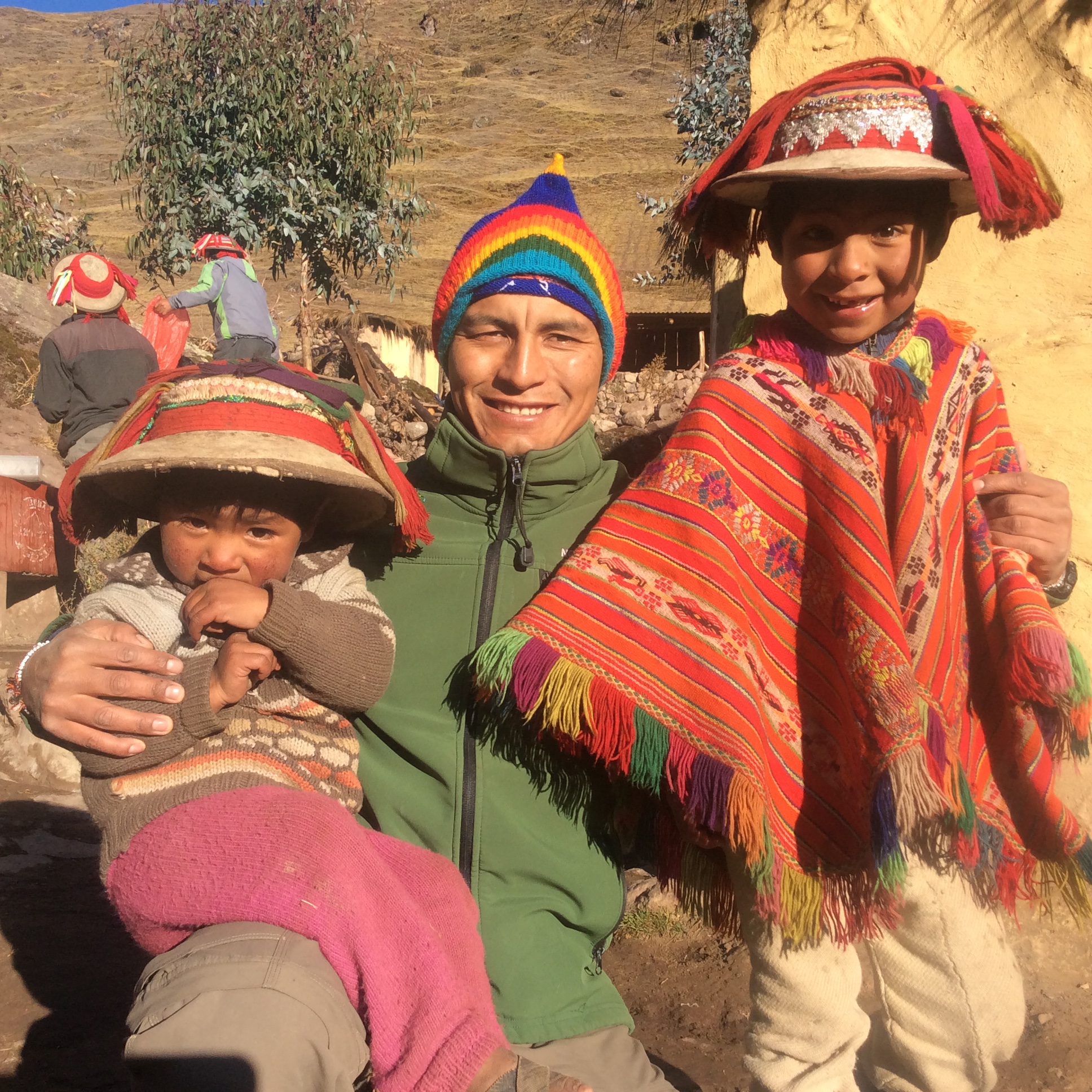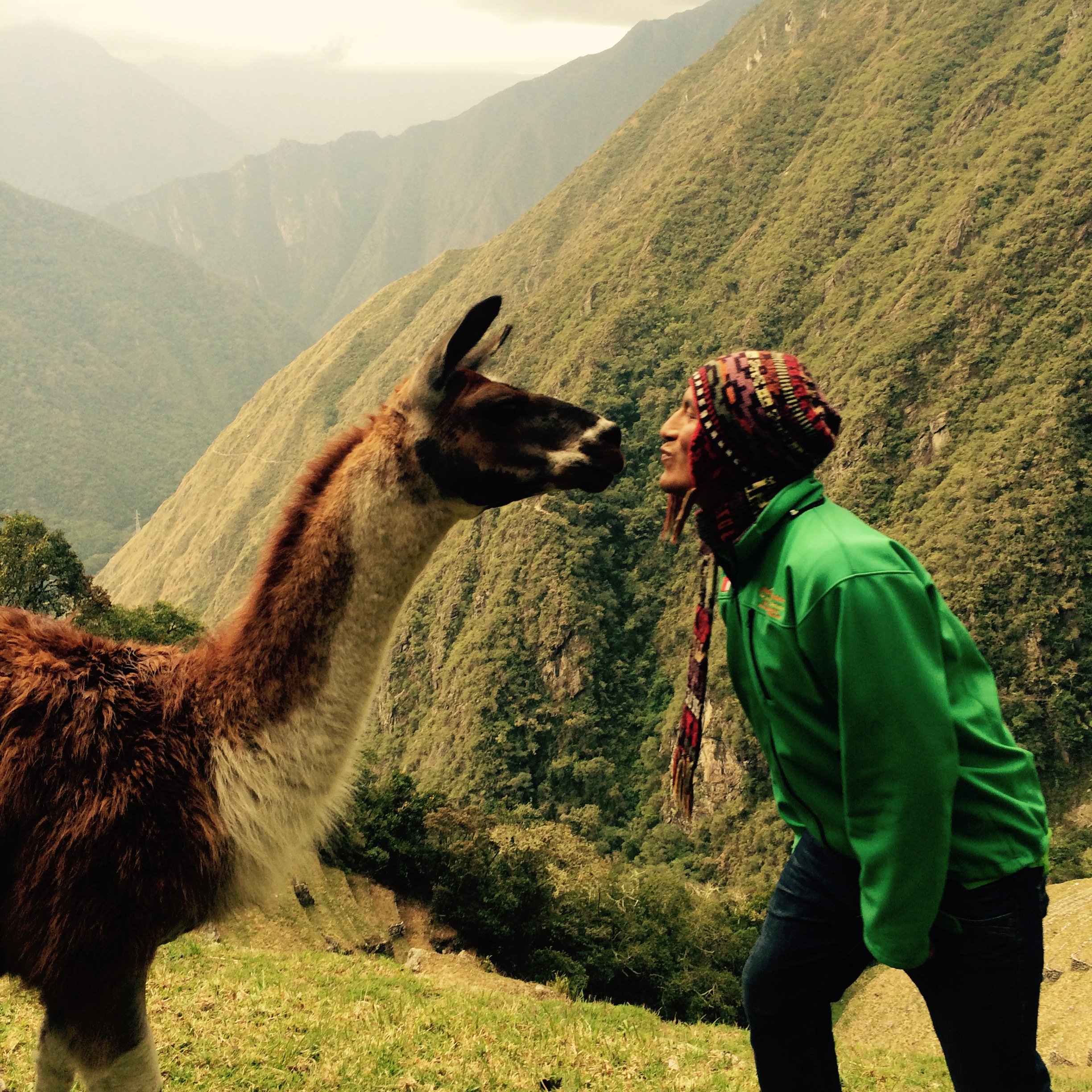Lares Valley Trek to Machu Picchu
Lares Trail, 4 days
The Lares Valley trek to Machu Picchu ranks among Peru’s finest hikes.
Lares is often known as one of the alternative Inca Trail hikes. It’s true that the Lares trails are another way to walk among the Andean mountains to Machu Picchu.
Our version of the Lares Valley trek to Machu Picchu showcases southern Peru at its finest. We combine beautiful taking walks with sharing time with local families, all among snow-capped peaks that tower above the Sacred Valley.
Experience high passes, steamy jungle, and Andean hospitality, surrounded by cultures unchanged for centuries.
This Lares trek 4-day trek is just one option — ask for longer or shorter tours.
Highlights
Pisac ruins
Spend time with local families and weavers
Farm visit with chichi tasting
Extended Machu Picchu tour
DAY 1
Cusco – Pisac – Calca market – Huacawasi hike
We’ll pick you up at 7 am from your hotel and drive to the famous Sacred Valley. Our first stop is the majestic ruins at Pisac.
Pisac ruins
Pisac features terraced Inca ruins situated high on a mountain. We can climb to the top of the ruins and take in amazing views of the Sacred Valley. Your guide can explain the religious, astronomical, and military functions of the Pisac ruins.
One of the largest Inca cemeteries is also located in the ruins at Pisac, which we’ll visit before hopping back into our transport and heading to Calca.
Calca has an authentic market, frequented by people throughout the Sacred Valley. The array of products is impressive. Feel free to ask your guide to identify and explain anything of interest. Locals sell their produce from stalls or informal set-ups that fill the hall and its surroundings.
Curiosity satisfied, we jump back into our vehicle and drive to the beginning of the trek in the community of Lares, which gives its name to the Lares trail. Lares is also home to lovely hot springs, a favorite spot for locals, and well worth a visit while our chef prepares a sumptuous lunch.
Lares hot springs
Lares hot springs complex are simple in design and very popular with the locals; these are basic baths but the waters are divine. Bring a bathrobe, towel, swimsuit, toilet paper, and a lock for the lockers. Use biodegradable soap for showers, and sandals to explore the complex.
There are four hot pools, all with verdant mountain backdrops, and two cold pools to blast yourself awake. All require some caution; some of the pools are very hot (up to 118.4° degrees Fahrenheit / 48 degrees Celsius).
The waters are brownish in color thanks to their richness in minerals that impart healing qualities. You’ll leave feeling refreshed and ready for the afternoon hike.
After lunch, we start our Lares trek to Machu Picchu. The first leg is a three-hour ascent Huacawasi, which will be our first campsite. As you settle into the surroundings, our chef prepares a cracking dinner.
Altitude: 2,850-4,400m / 9,350ft-14,436ft
Hiking time: 3 hours
Driving time: 3 hours in total
DAY 2
Haucawasi – Weaver family visit – Condor Pass - Mantanay
It’s an early start today at 6 am when we’re up for breakfast. We’ll start the day with a visit to a local family. Many feel like time has stopped in these communities; the locals honor their traditional lifestyle.
The Inca beliefs about astronomy, medicine, and more are evident in the intricate and quality weavings they produce. After a weaving demonstration and explanation of their culture, we lace up our hiking boots.
Today we reach the highest point of our Lares Valley trek to Machu Picchu. It will take us around three hours of ascent to arrive at Condor Pass (4,600m/15,091ft). Effort and reward meet at the pass, which offers spectacular views over snow-capped Andean peaks and Aurora Lake. With luck, we’ll see llamas and alpacas grazing.
We descend for an hour, replete with memories and with a stirring hunger, to our lunch spot next to the lake. Fully rested, we need to hike two more hours to our next campsite at Mantanay. Here we’ll enjoy dinner, a bonfire with marshmallows, and maybe even some ghost stories…
Hiking time: 7 hours
Difficulty: Moderate
DAY 3
Mantanay – Farm visit at Yanahuara – Aguas Calientes
The ascent has mainly been done now. We break camp and descend for three hours to the Yanahuara farming community, passing high Andean jungle full of native trees Incas utilized for farming tools, houses, and bridges.
Yanahuara is a farming community in the Sacred Valley. We’ll visit the Baca family, the fourth generation of farmers who grow corn, vegetables, strawberries, and other crops.
Señor Bernardo Baca shows us around and we can help harvest the produce we’ll later eat as lunch, as well as cut alfalfa to feed the guinea pigs. Guinea pigs are a common site in Peruvian kitchens and gardens. They are often cooked for special occasions, throughout the Andes.
While our chef starts preparing lunch, Señora Marina Baca teaches us about chicha, the traditional Inca corn beer, the importance of this beer to the Inca Empire, and explains the process of making it.
What is Chicha?
Chicha is a fermented, alcoholic drink found all over the Andes. It is usually made from maize but there are many regional varieties made from quinoa, yucca, and even potato.
The Incas used chichi in ceremonies and rituals and chicha is still drunk on special occasions in modern times. You buy it from Chicherias. These tavern-type places usually offer home-brewed chichi and are often identifiable by a small, red flag outside the building.
After our farmyard lunch, we take a short, scenic drive to Ollantaytambo and board the late afternoon train to Aguas Calientes. On arrival we make our way to our hotel, then enjoy a meal in a local restaurant before the big tour the next day.
Aguas Calientes
The town of Aguas Calientes sits at the foot of Machu Picchu. It is named after the warm, thermal waters that come to the surface. If you have time, it’s well worth paying the entry fee for an hour or two to soak in the warm waters. They are not as picturesque as the Lares springs.
Hiking time: 3 hours
DAY 4
Machu Picchu - Ollantaytambo/Cusco
Today we explore the Lost City of the Incas — Machu Picchu.
It’s an early start because we want to enjoy sunrise at Machu Picchu. We wake up at 05:30 and have breakfast at 06:00. We’ll board a bus for the 20-minute bus ride to the Machu Picchu ruins entrance, passports in hand for the checkpoint.
Your guide will take you on a two-and-a-half-hour tour around one of the world's most important temples. Have your camera ready.
Highlights include:
Intihuatana (Sun Clock): Beautiful sundial carved into the rock.
The Temple of the Sun: Enormous rock and most sacred of all Machu Picchu’s temples.
Temple of the Condor: A natural rock formation sculpted into a magnificent flying condor image.
Temple of the Three Windows: A temple in Machu Picchu’s Sacred Plaza.
Huayna Picchu
You need to buy a permit (numbers limited) to climb Huayna Picchu, and it does sell out a long way in advance. Please ask us for more information.
It is well worth the entry fee. It’s an energetic 1-2 hour walk to the top with steep staircases and steel cables to help at points. In wet weather, it can be slippery.
Once you make the top, you have a new and wonderful perspective over Machu Picchu. Huayna Picchu also offers access to the Temple of the Moon, one of the three main temples at Machu Picchu.
The peak of Huayna Picchu sits at 2,693m/8,835ft, around 260m/850ft higher than Machu Picchu.
Huayna Picchu is not recommended for people with vertigo or fear of heights. There are some steep stairs and vertiginous areas.
Machu Picchu Mountain
Like Huayna Picchu, you need a pre-bought permit for Machu Picchu Mountain. It doesn’t sell out as fast, but it is still recommended to buy the ticket as soon as possible.
The Machu Picchu Mountain trek is considered to be a moderate to challenging hike. You follow an original stone Inca Trail up to its peak, at 3,082m/10,111ft, which offers breathtaking views of the ruins and the valleys, and is 652m/2,139ft about Machu Picchu.
We recommend around 90 minutes to climb up and an hour to descend. During the wet season, the trail can become more slippery. Again, this is not suitable for people with a fear of heights - in places, the track is very steep and often follows the mountain edge.
Return to Ollantaytambo/Cusco
We return to Aguas Calientes by bus and, if you have time, you may visit the town’s hot springs. It’s well worth paying the entry fee for an hour or two to soak in the warm waters.
Don’t forget to read our FAQs, covering altitude, money, COVID, and more.
Prices
Minimum 2 people
Groups of 2 (minimum): $893 per person
Groups of 3-4: $683 per person
Groups of 5-6: $662 per person
Groups of 7-8: $630 per person
Groups of 9 or More: $599 per person
-INCLUDED-
Transport from hotel in Cusco or Sacred Valley to Lares, tourist train to and from Ollantaytambo to Aguas Calientes (can be upgraded to Vistadome for extra $35 per person- one way), bus to and from Aguas Calientes to Machu Picchu, entrance to the thermal baths in the Valle de Lares, entrance to the sanctuary of Machu Picchu, 3-star hotel with private room and bathroom in Aguas Calientes (prices based on shared accommodation Tierra Viva Machu Picchu or equivalent, professional bilingual guide (Spanish and English), high-quality camping equipment (mattresses, eating tent with table and chairs, and toilet tent), meals during the excursion (breakfast, lunch, dinner and snacks/vegetarian option), professionally trained chef and cooking equipment, horseman and mules for all camping and personal equipment (up to 7 kg), emergency horse (minimum 2 people), first-aid kit and oxygen bottle.
-NOT INCLUDED-
Breakfast on the first day and last lunch in Aguas Calientes, sleeping bag, trekking poles, air mattress (each available for $20 per person), Boleto touristico needed to visit Pisac, also covers visits to most other archaeological sites in & around Cusco 130 soles or $40.
-WHAT TO BRING-
Backpack with rain fly, sleeping bag if not rented, layered clothing for warm days and cool nights, rain gear, trekking shoes, bathing suit, slippers or sandals (for showers and hot springs), rain poncho and a hat, sunscreen, insect repellent, hand sanitizer, toiletries, camera (wrapped in plastic bag), a flash light and batteries, some snacks (like chocolate bars and dry fruit), original passport, original ISIC student card & extra money in soles.
Suggested tours
Gallery
Lares→
<- BACK





















